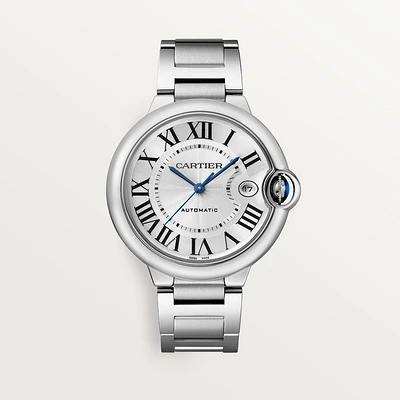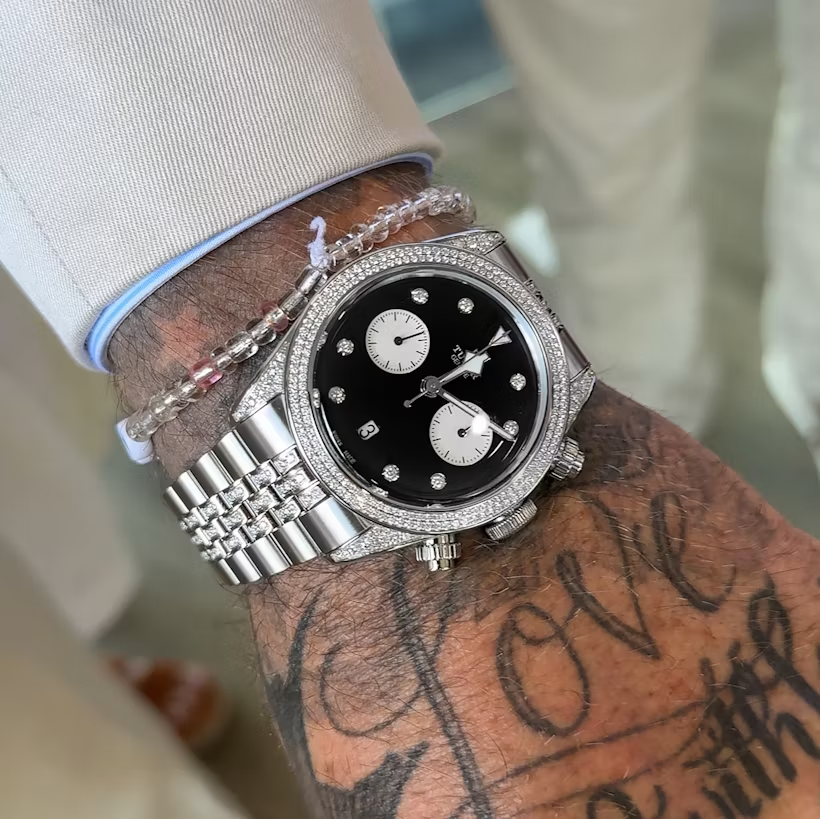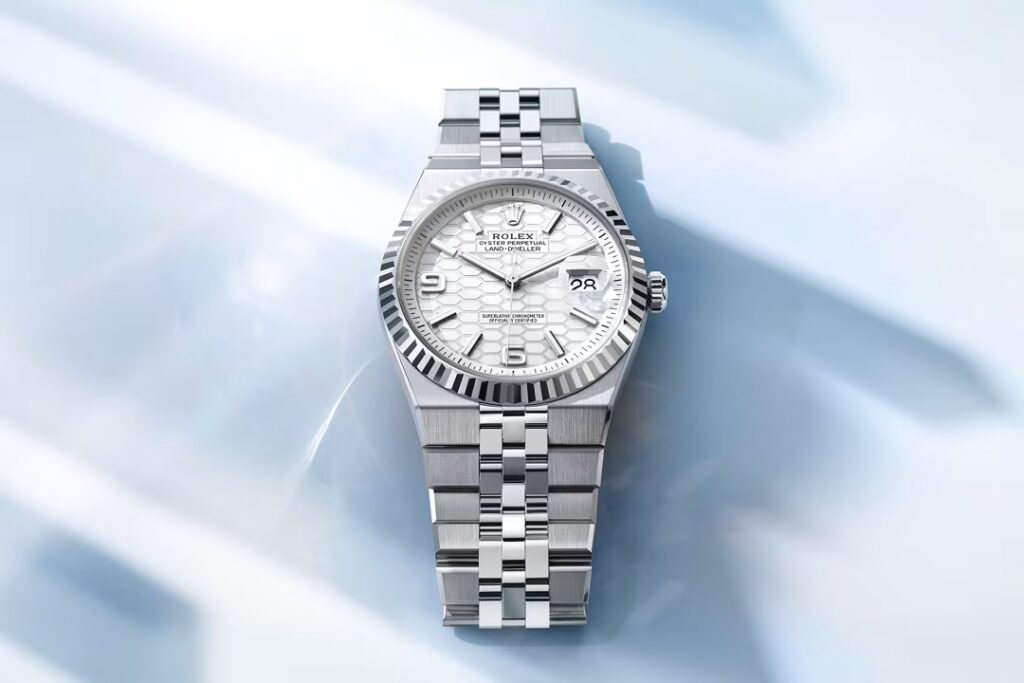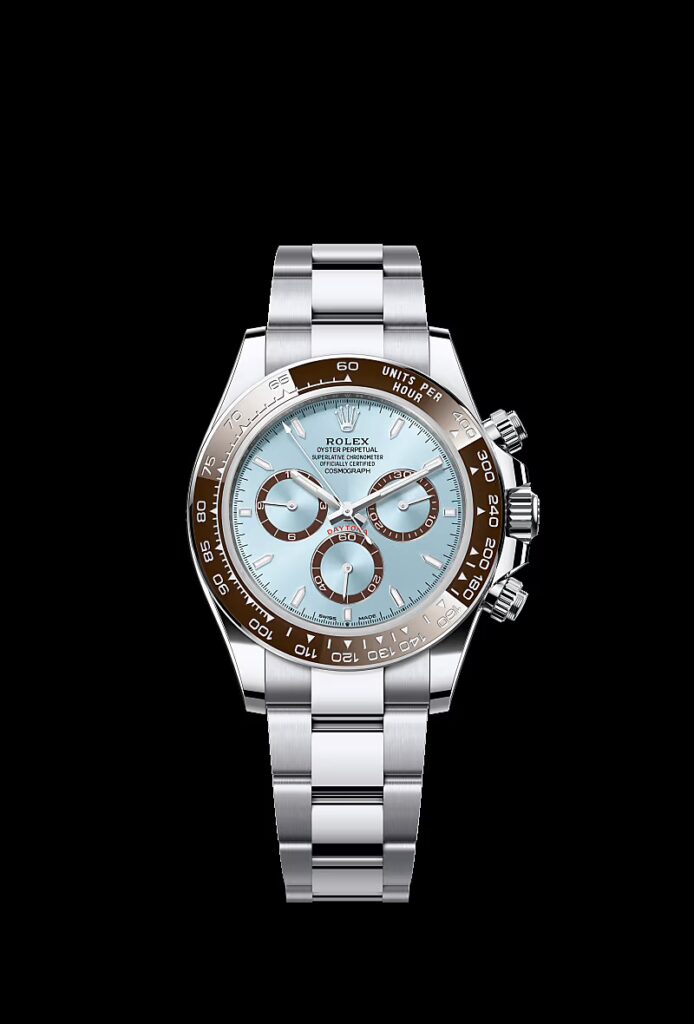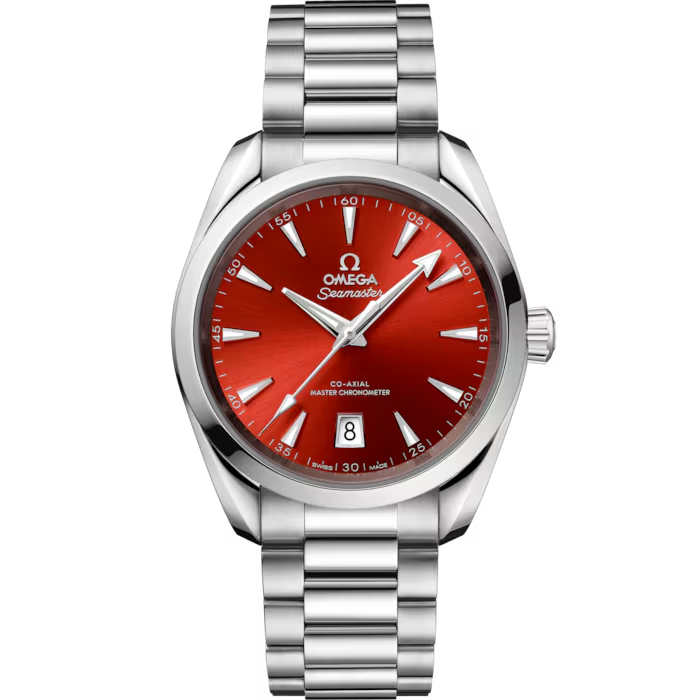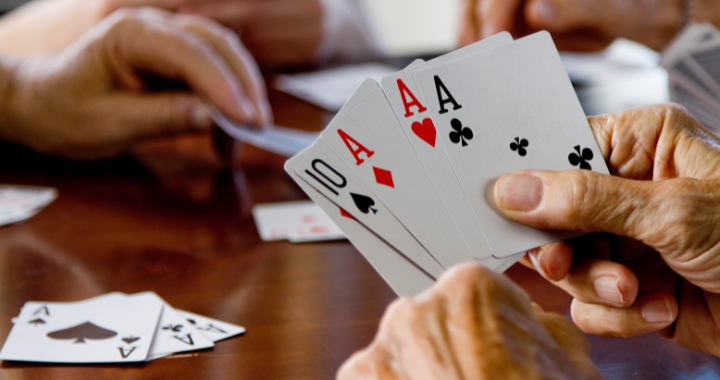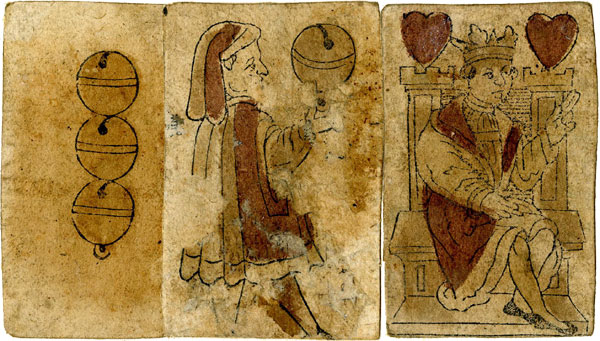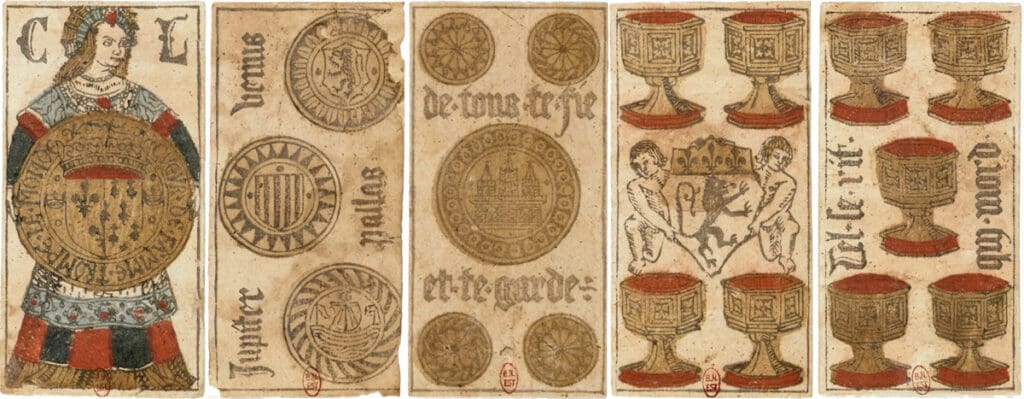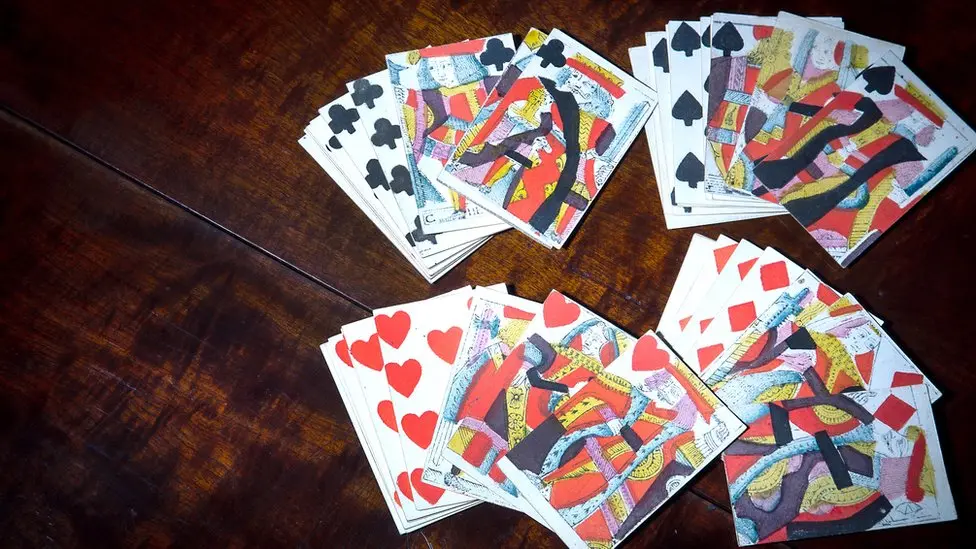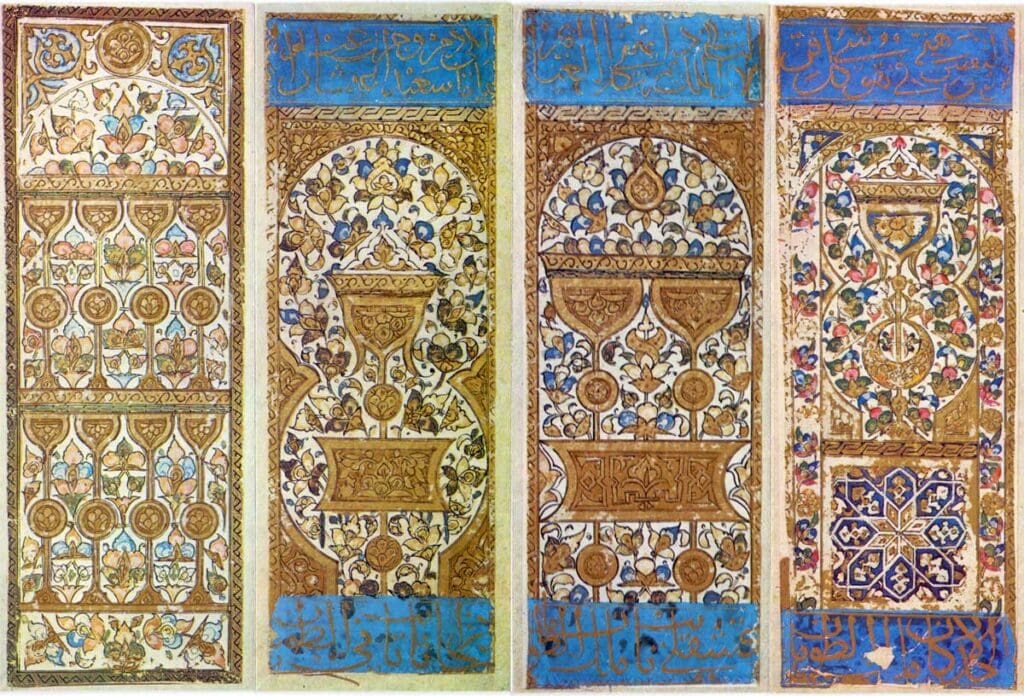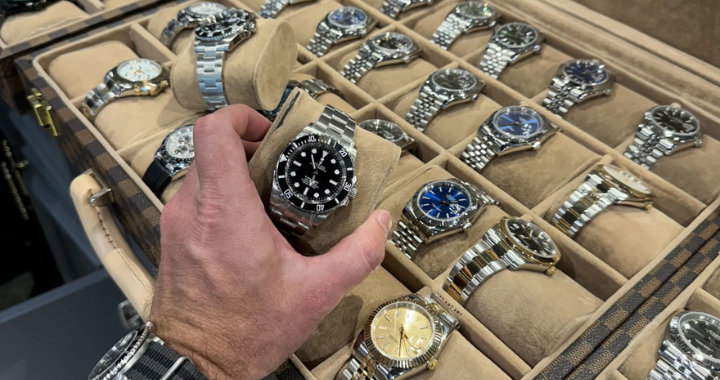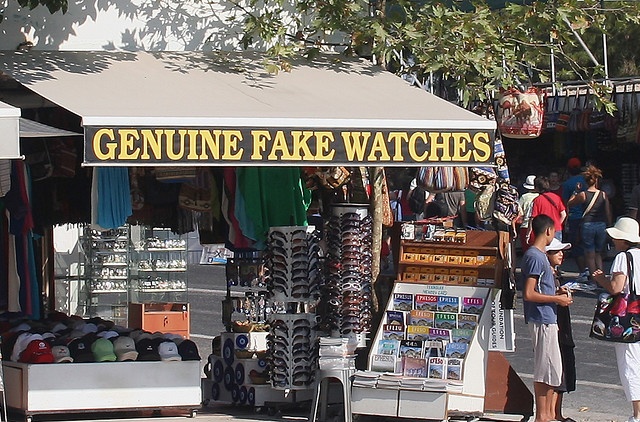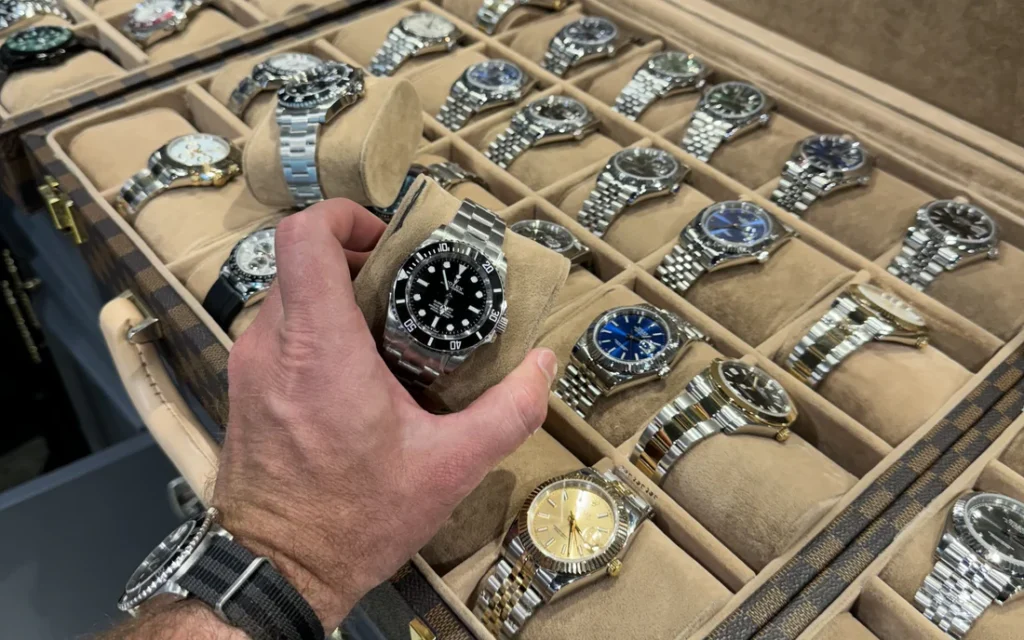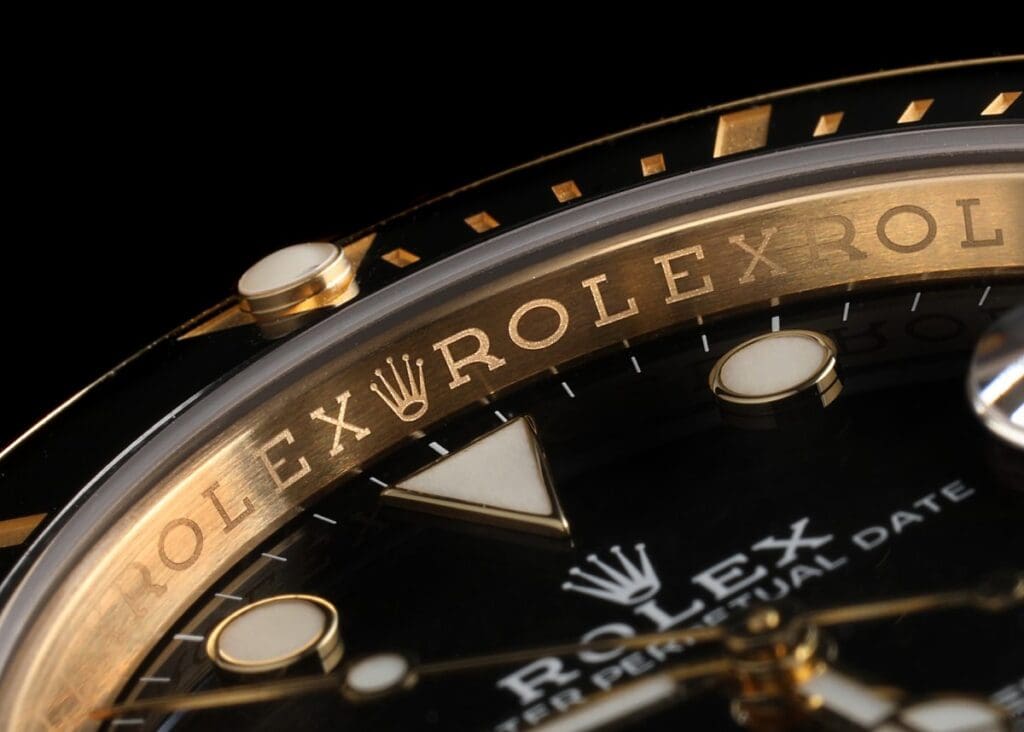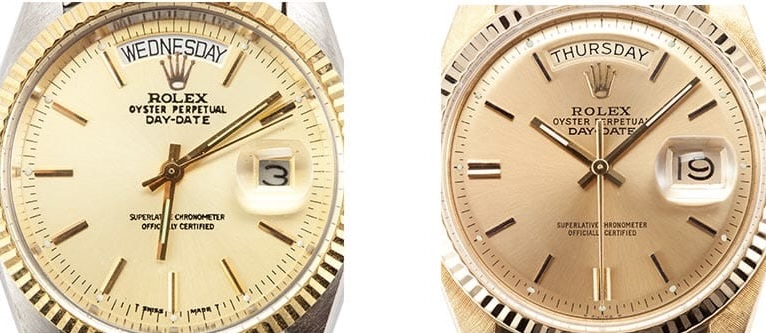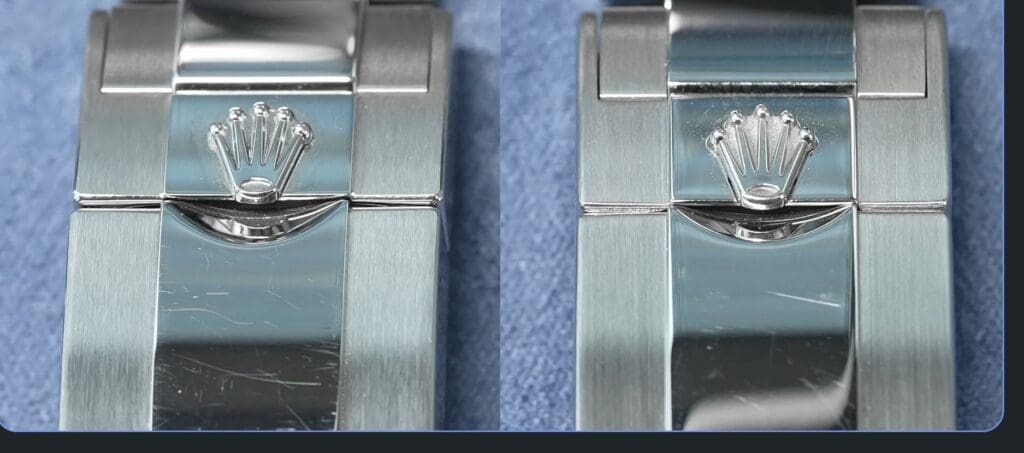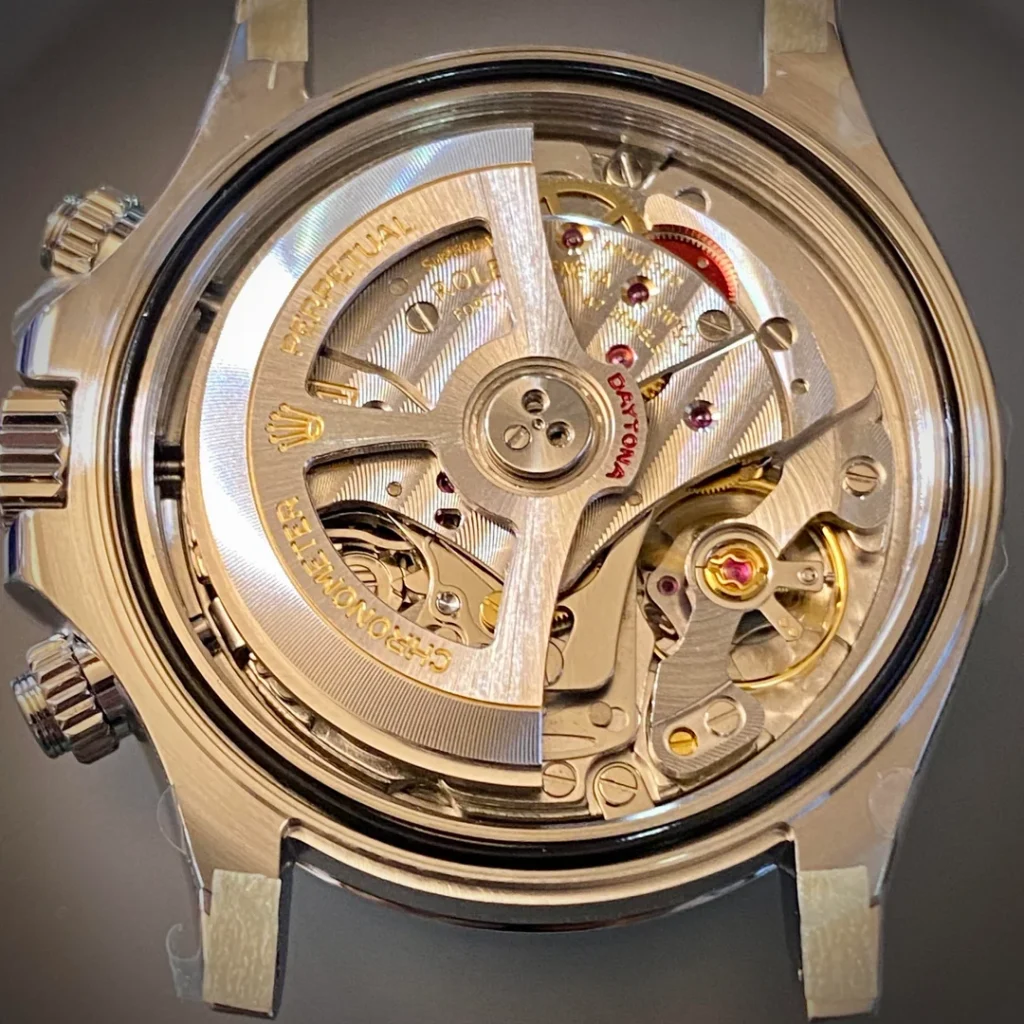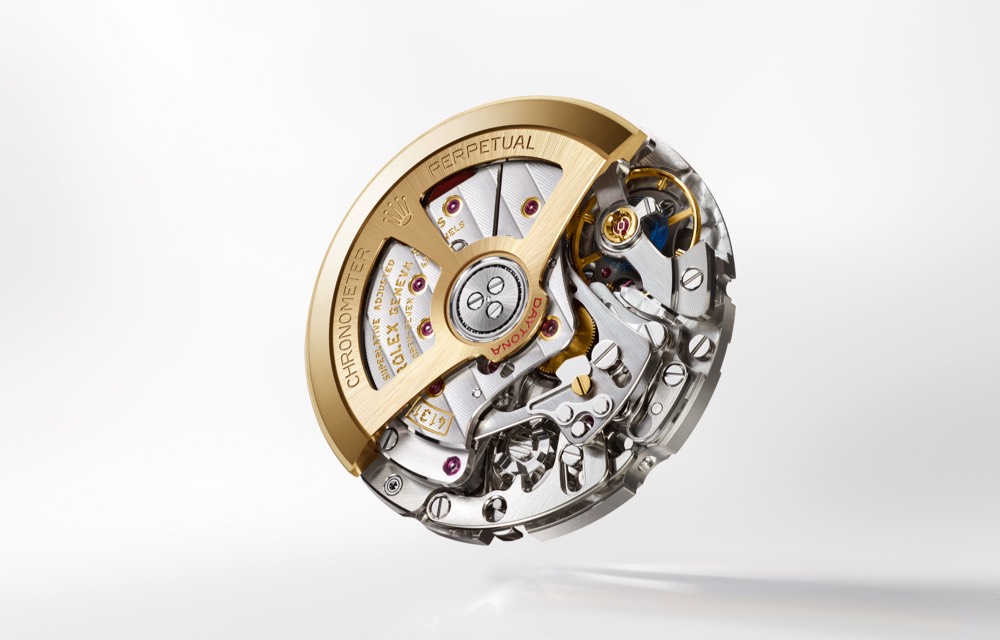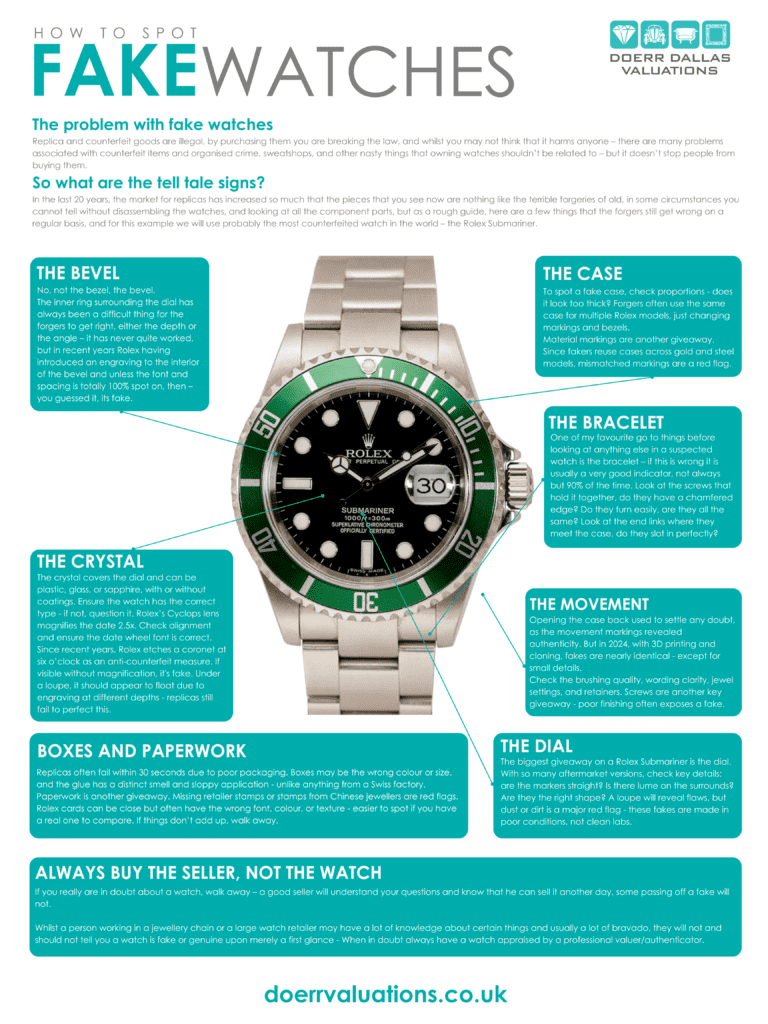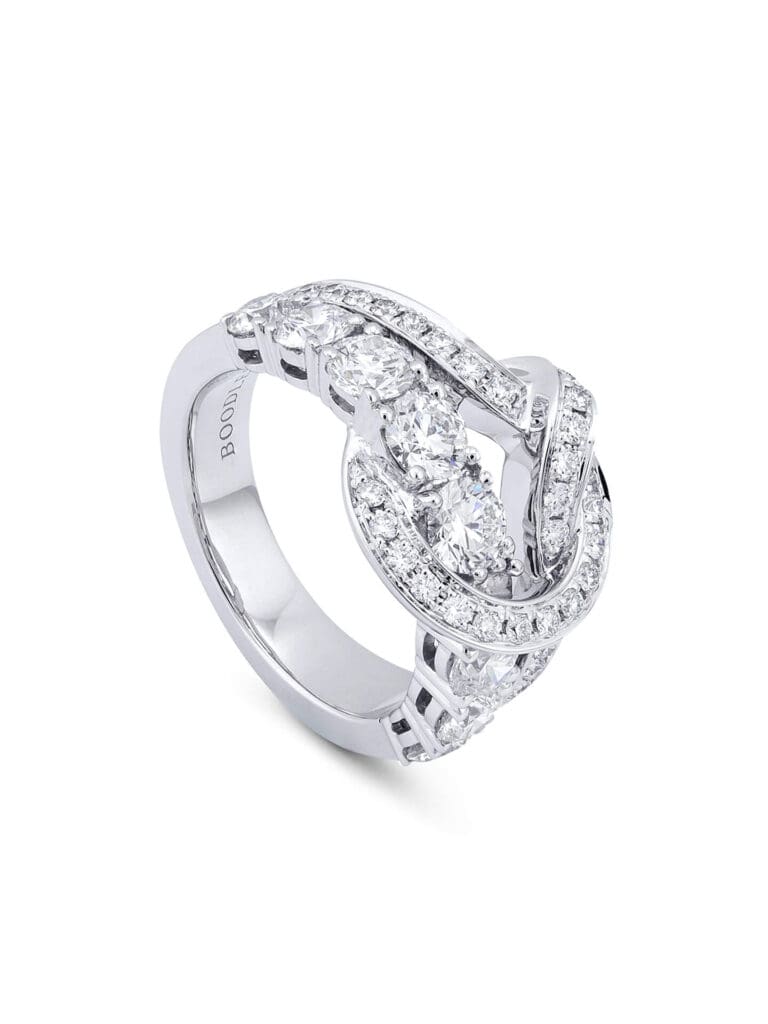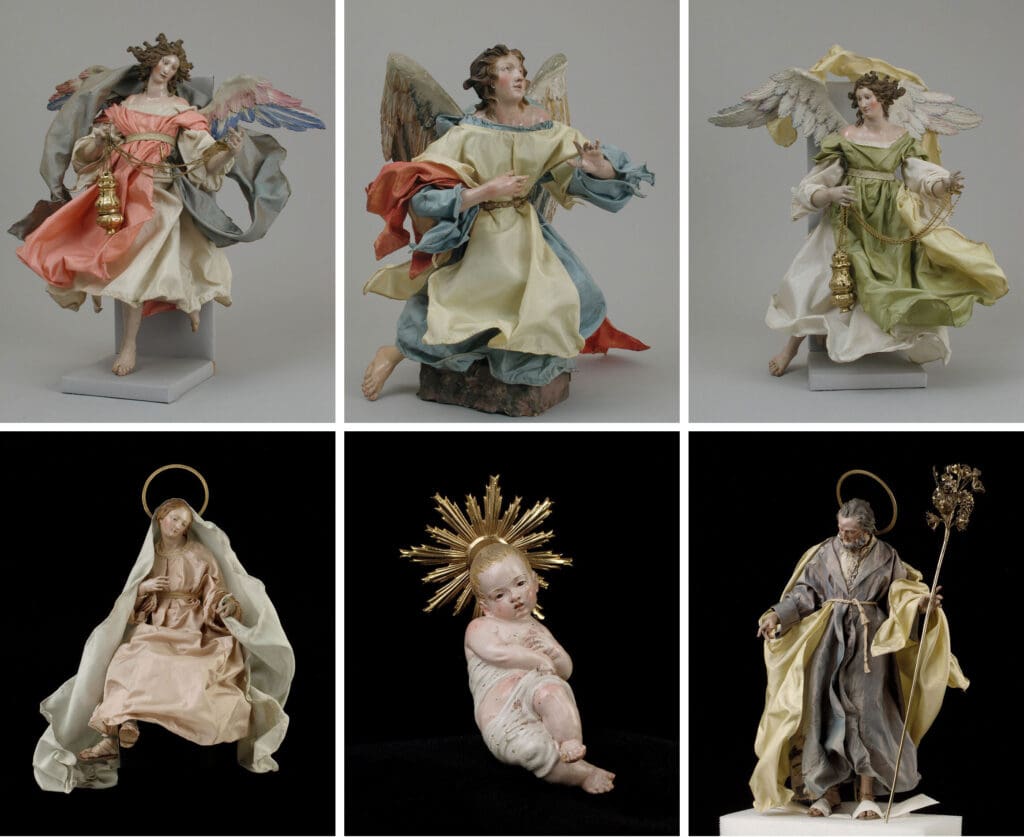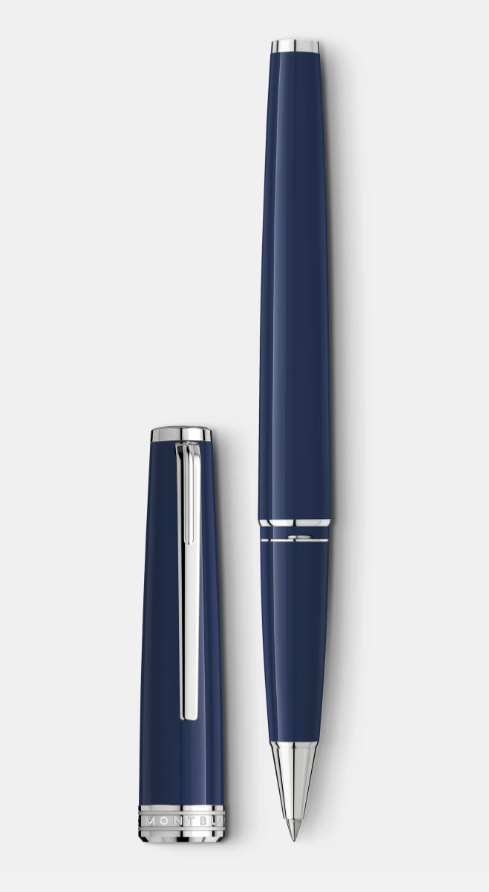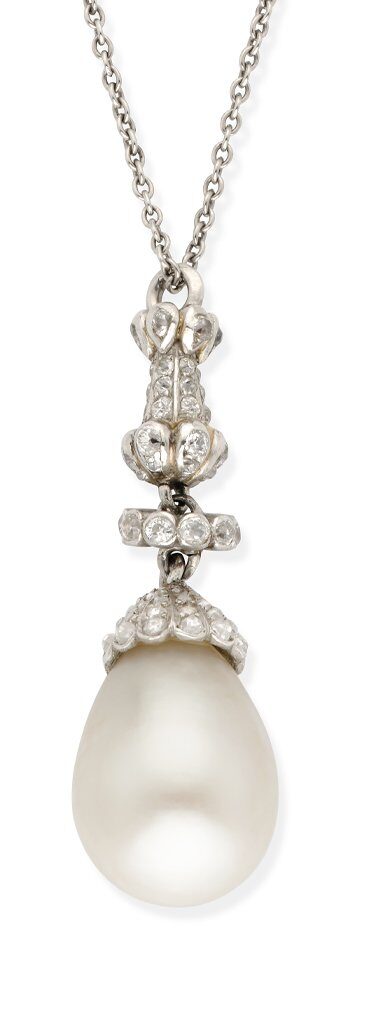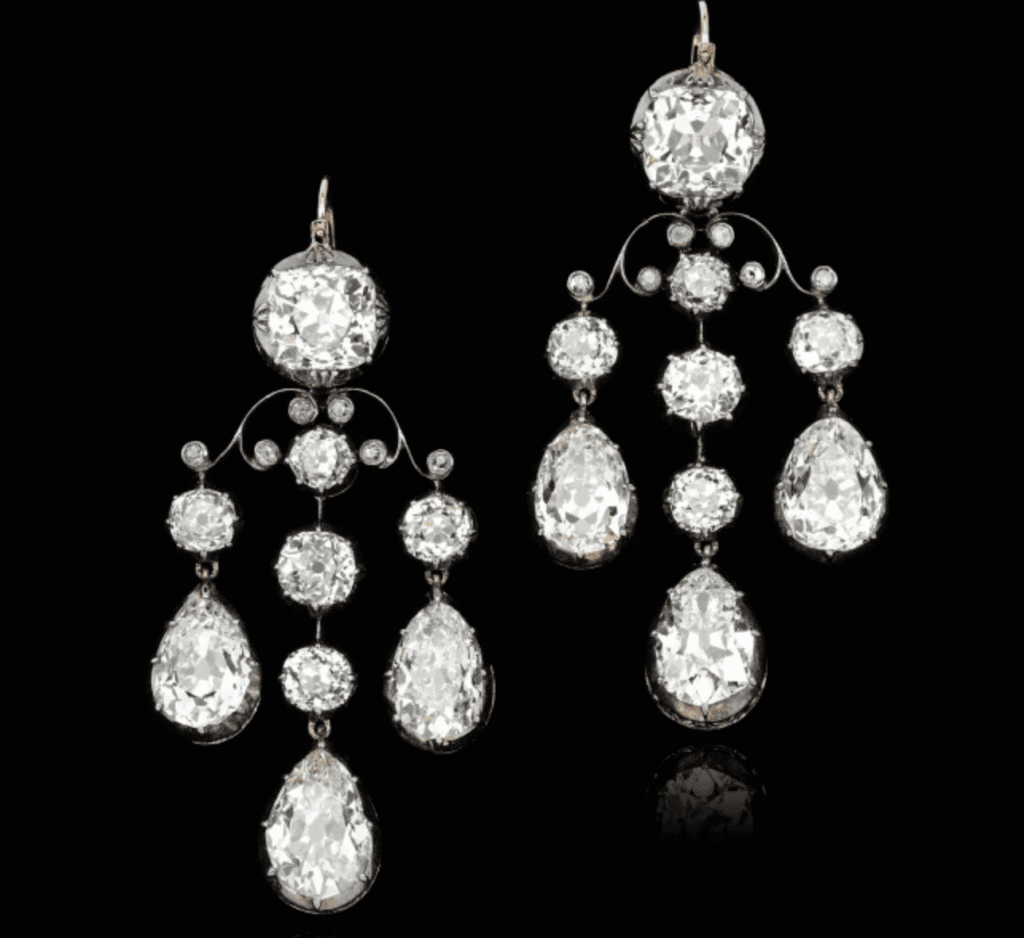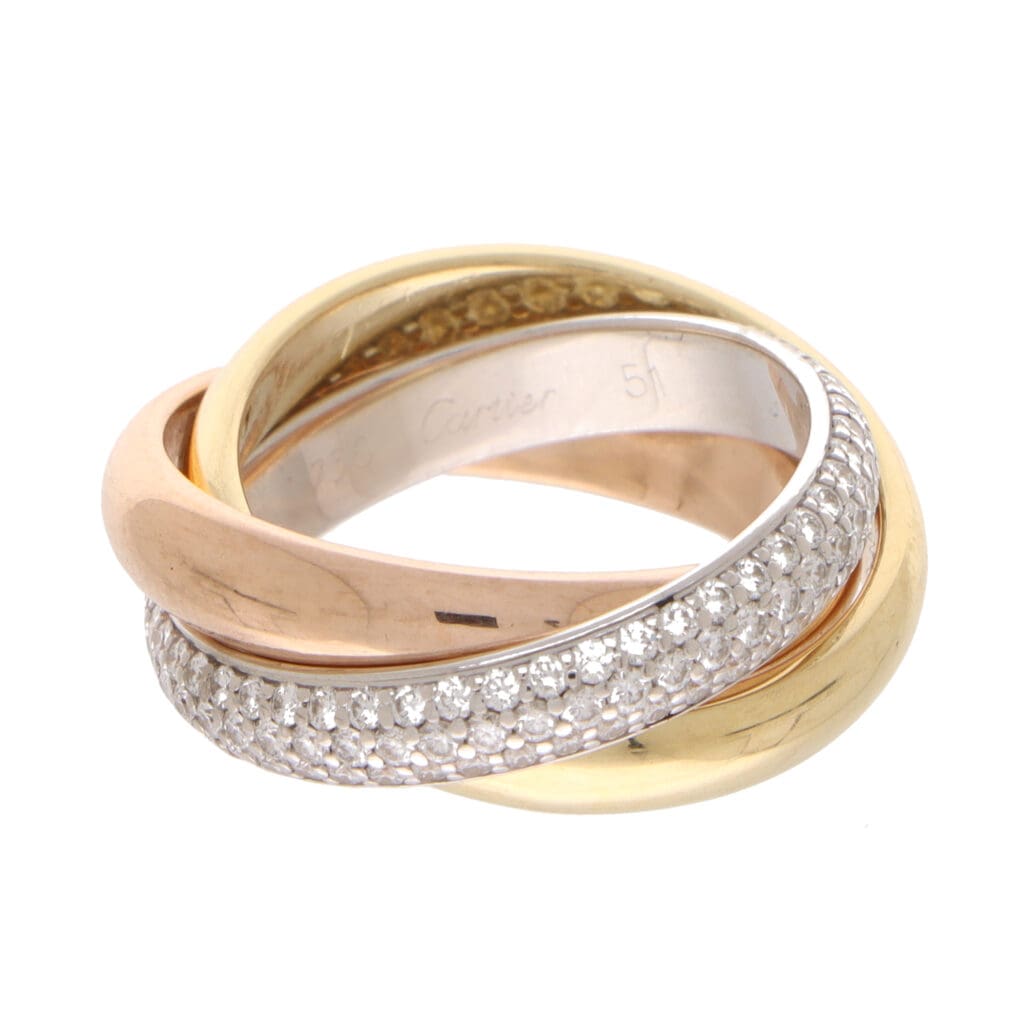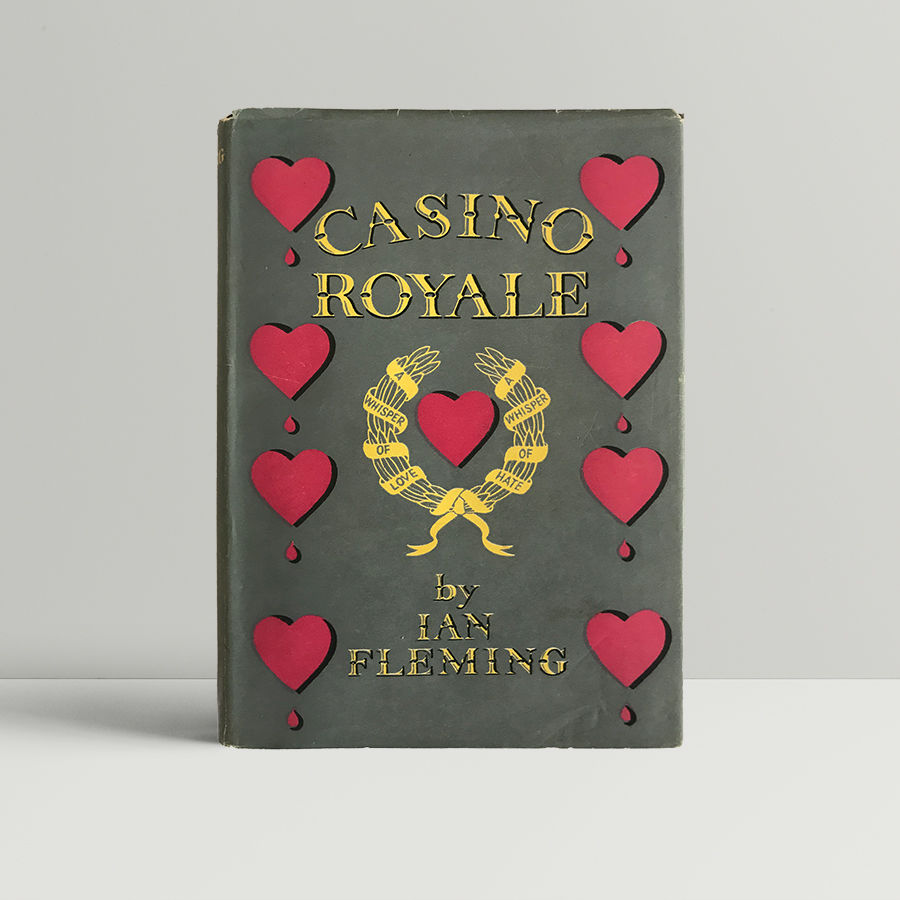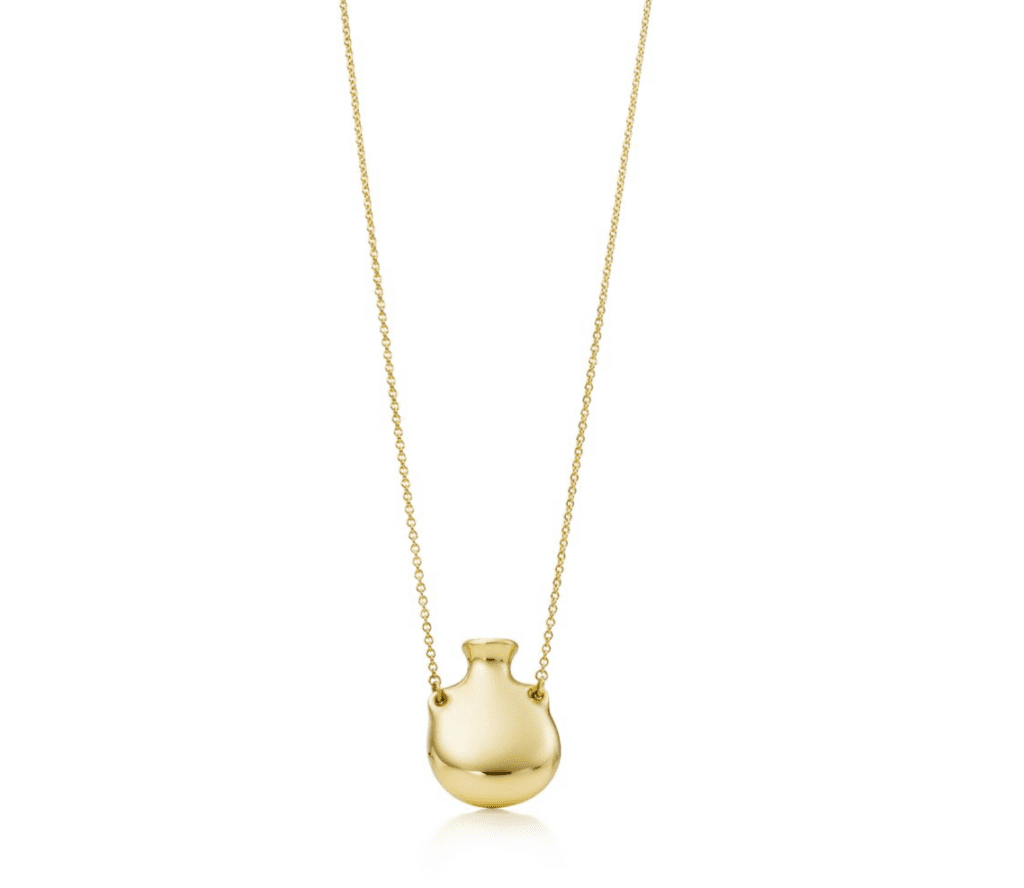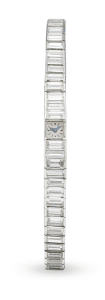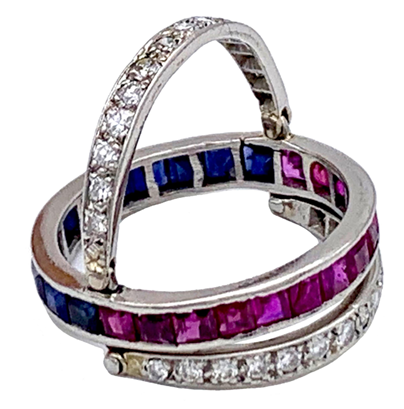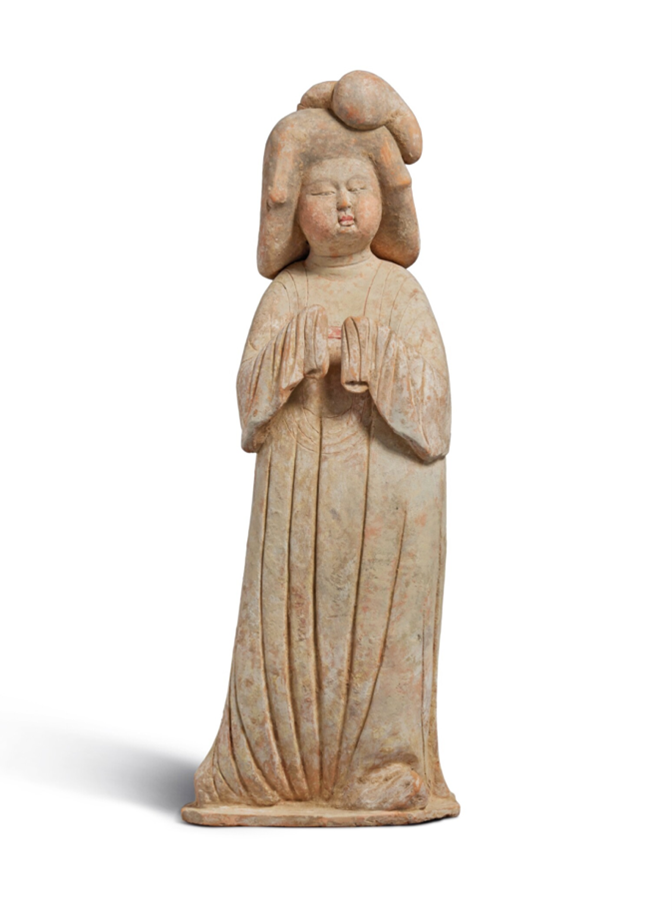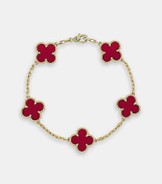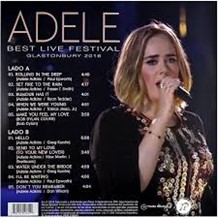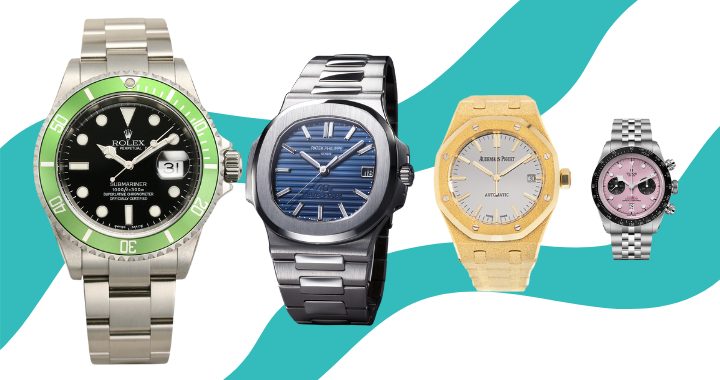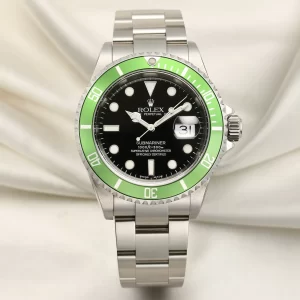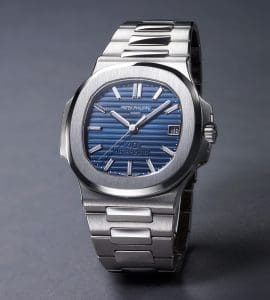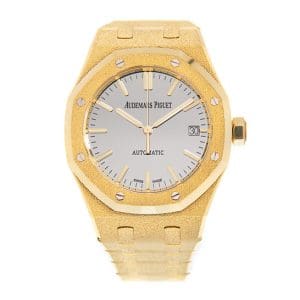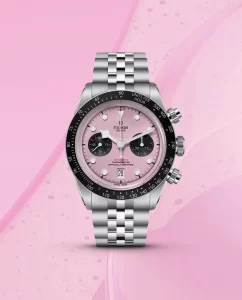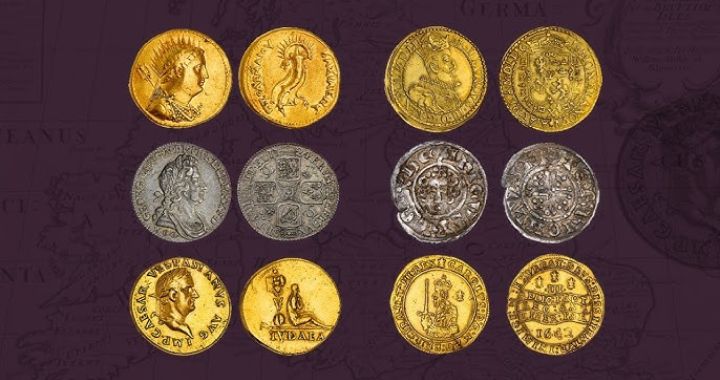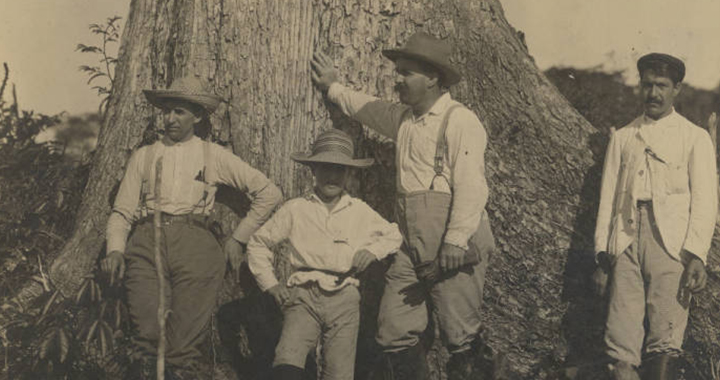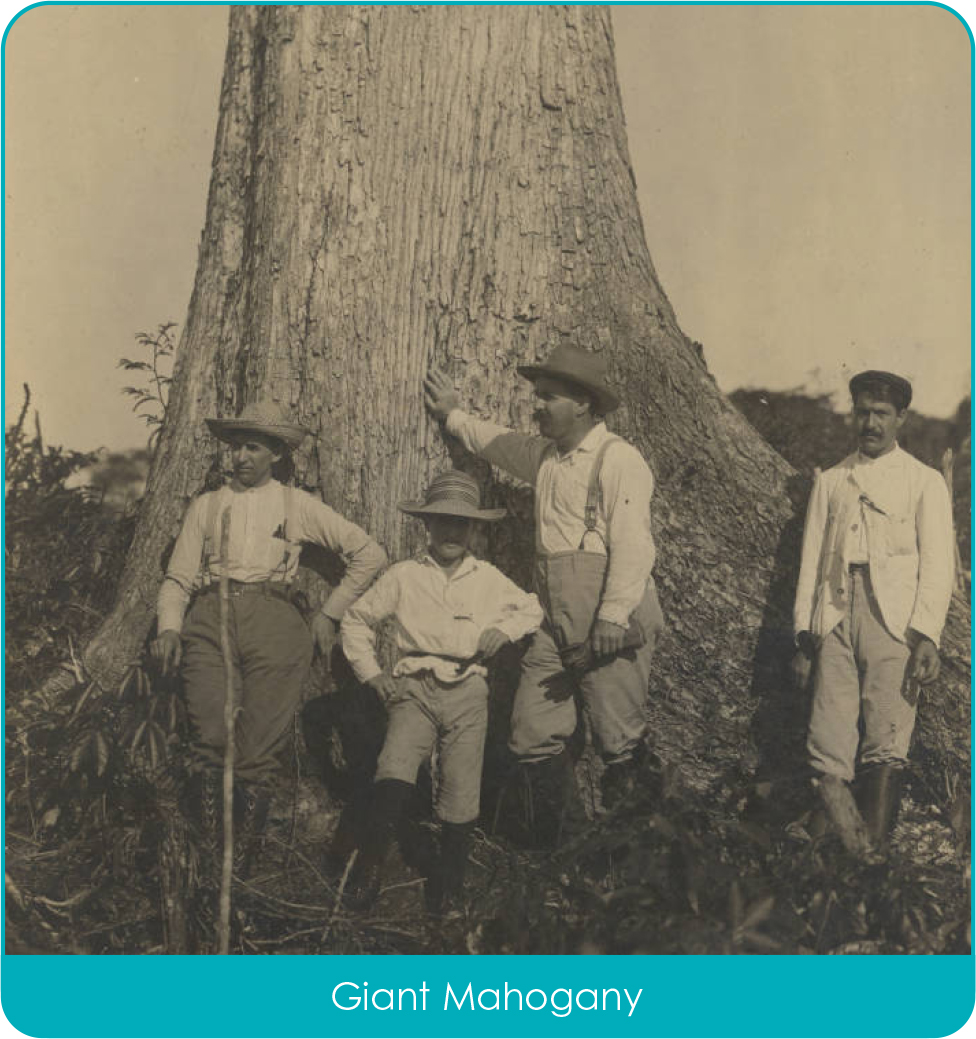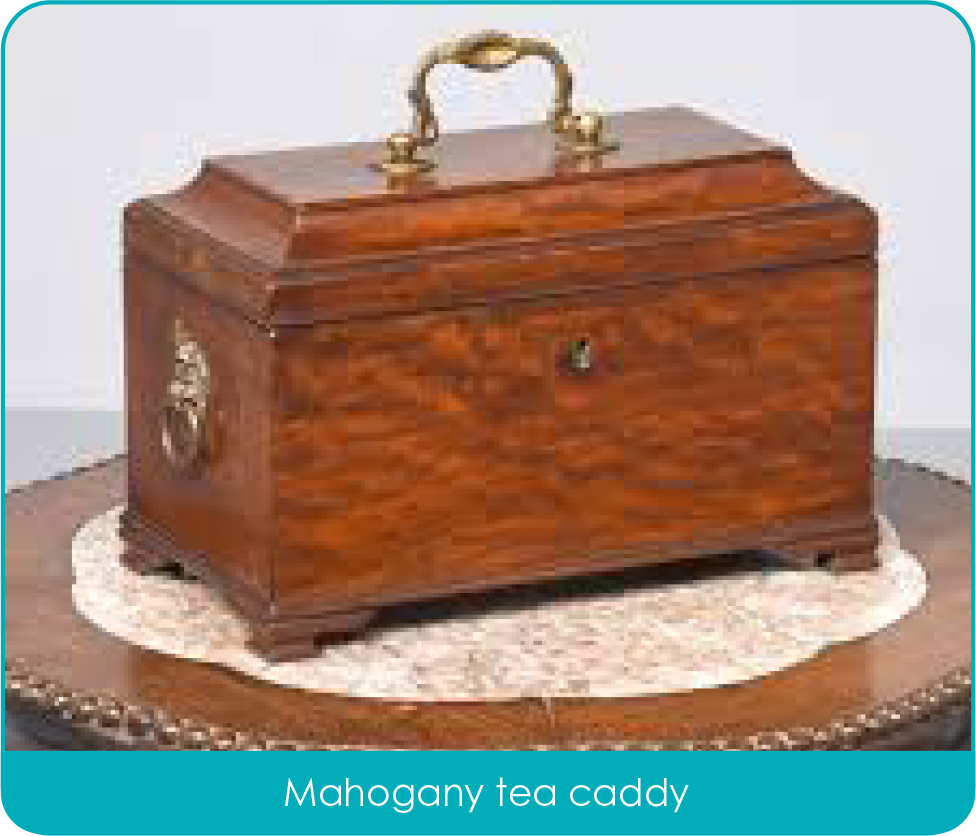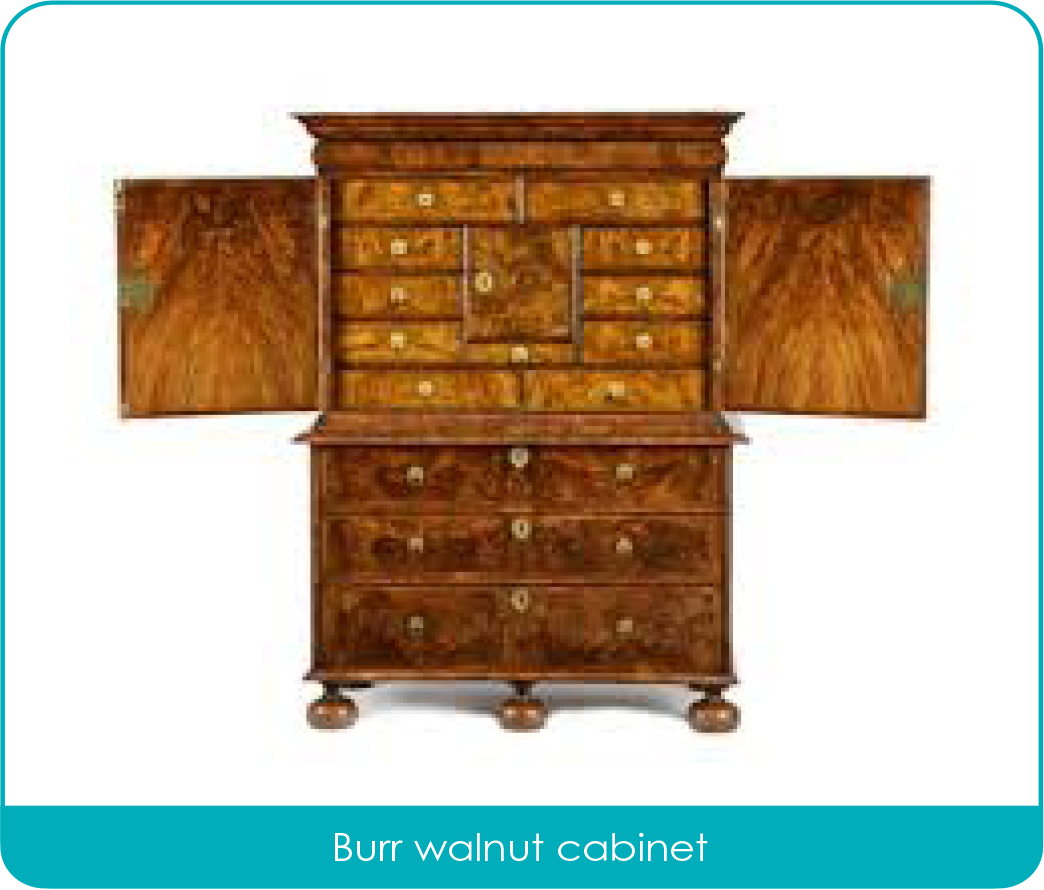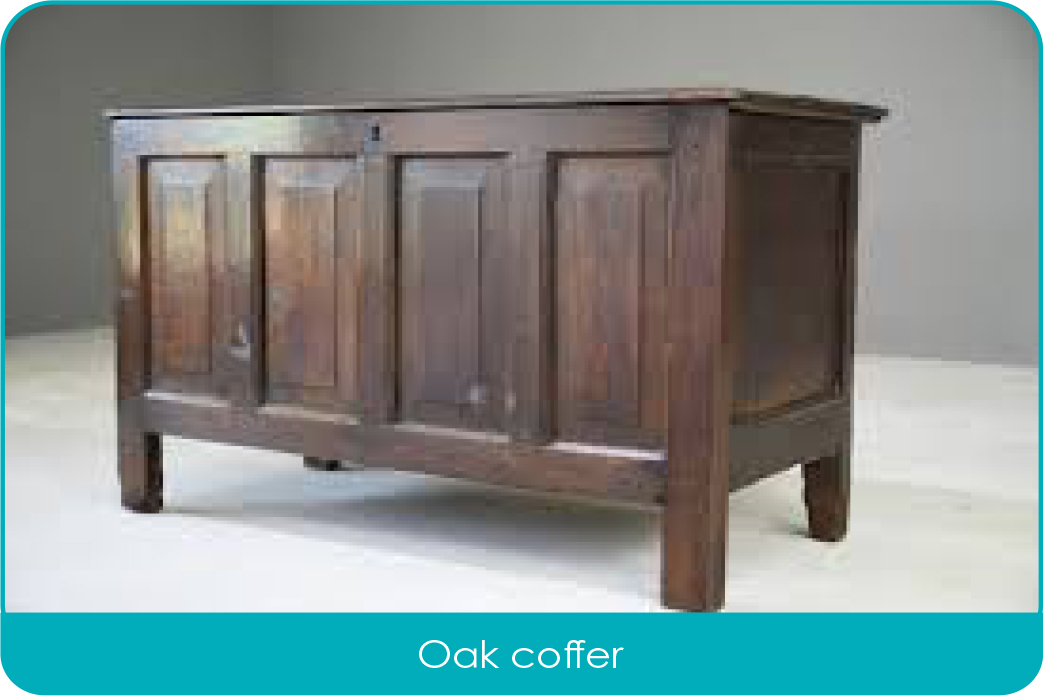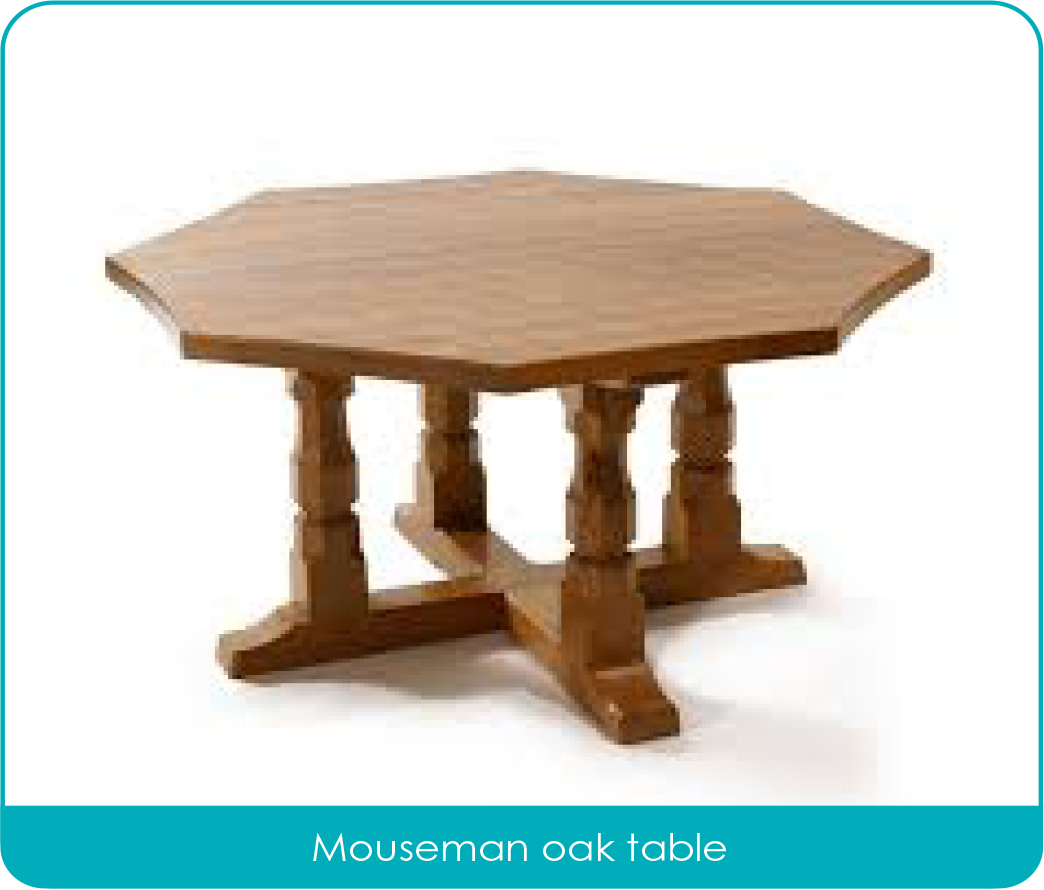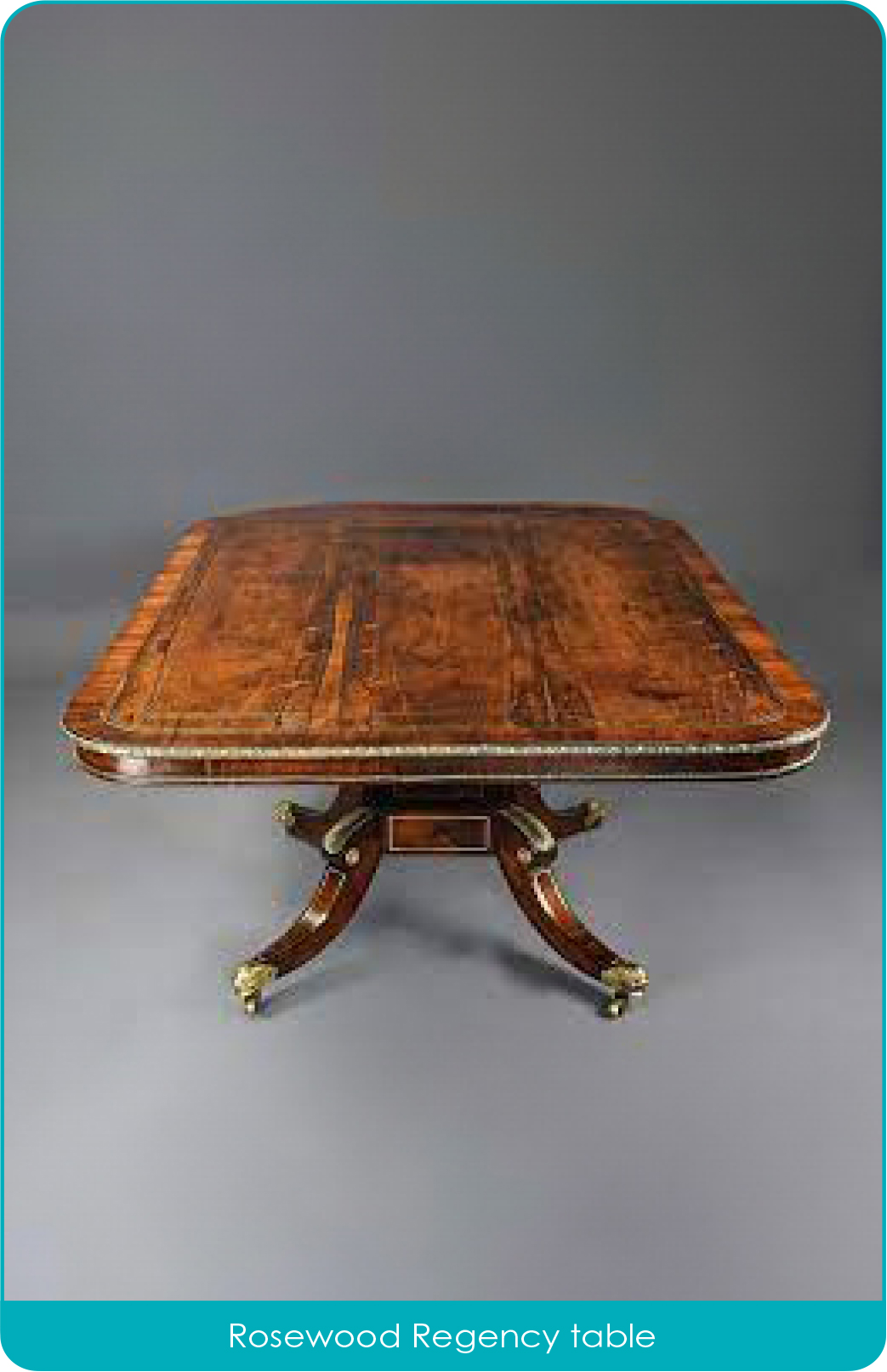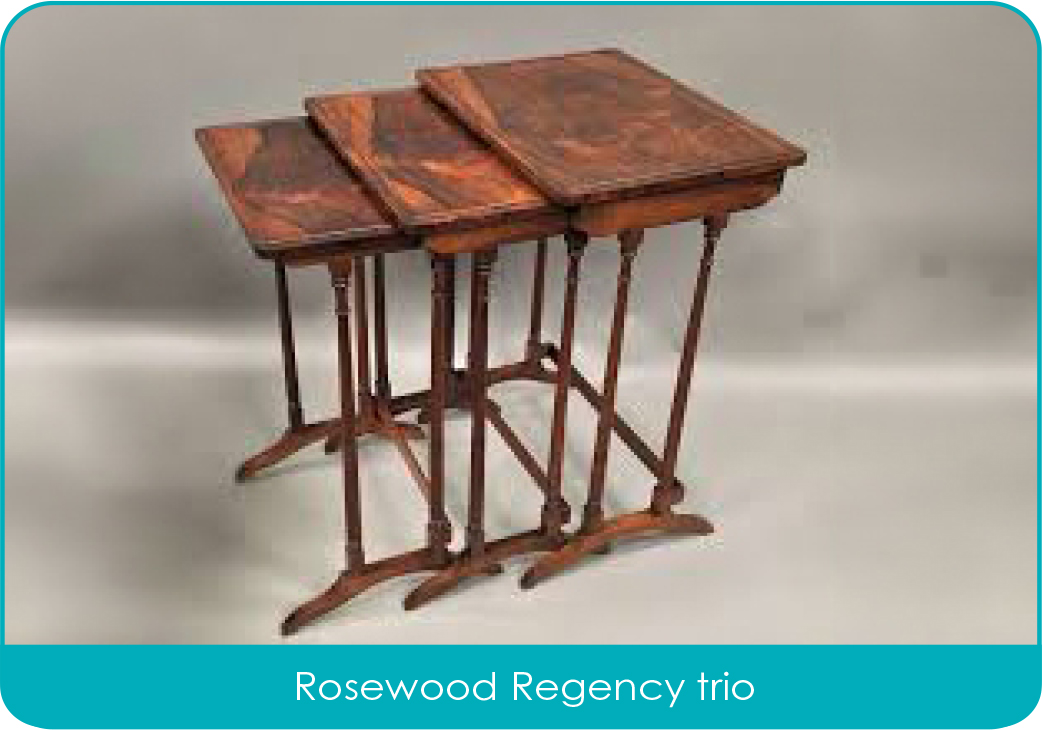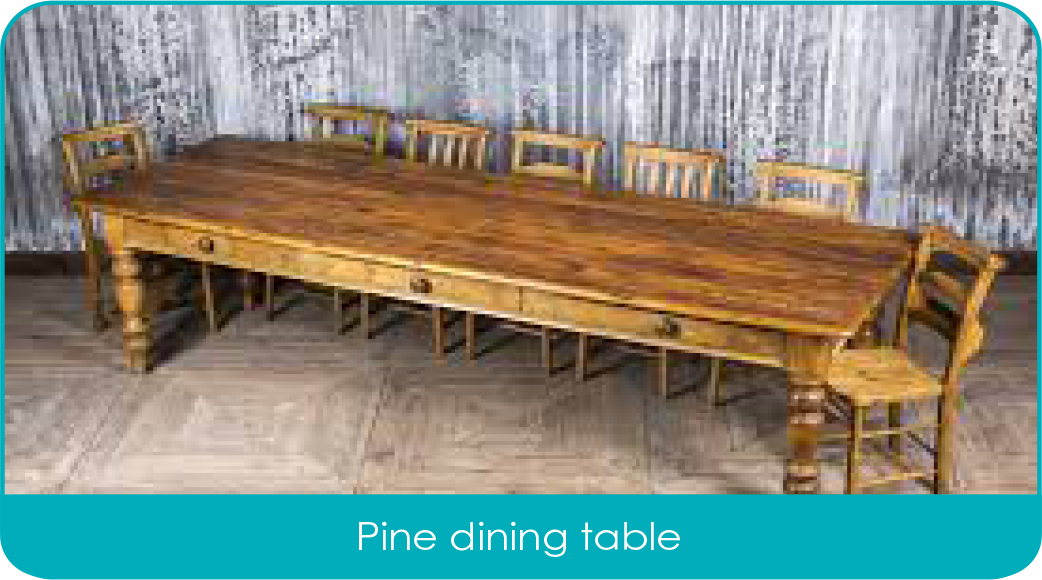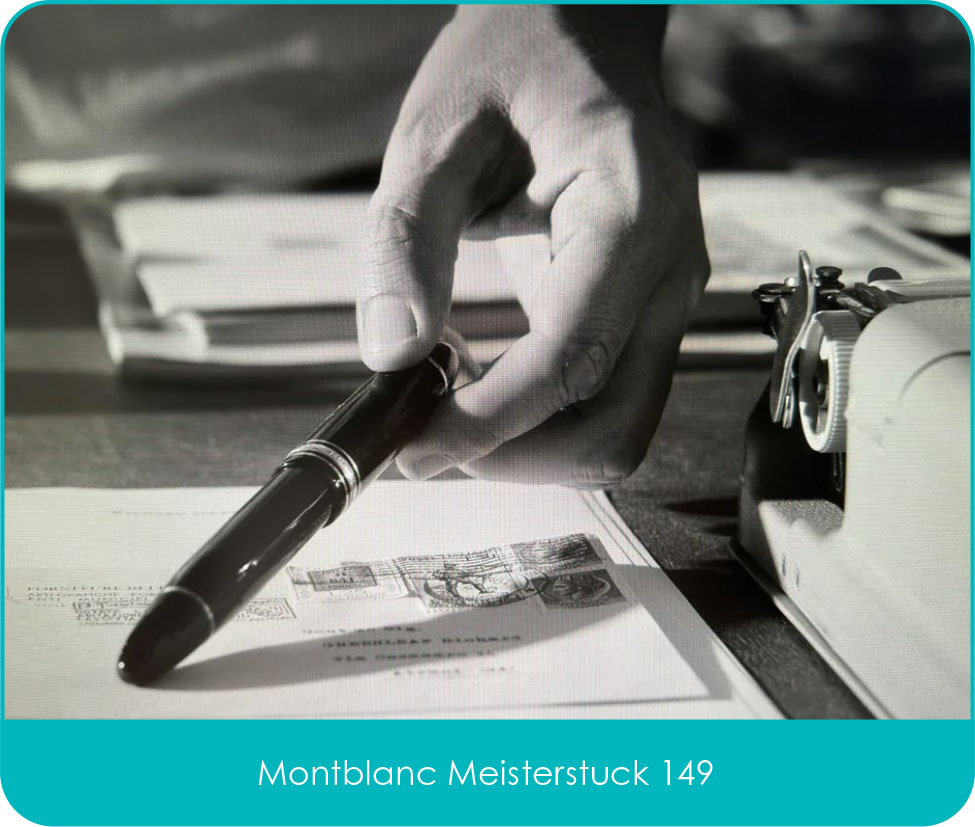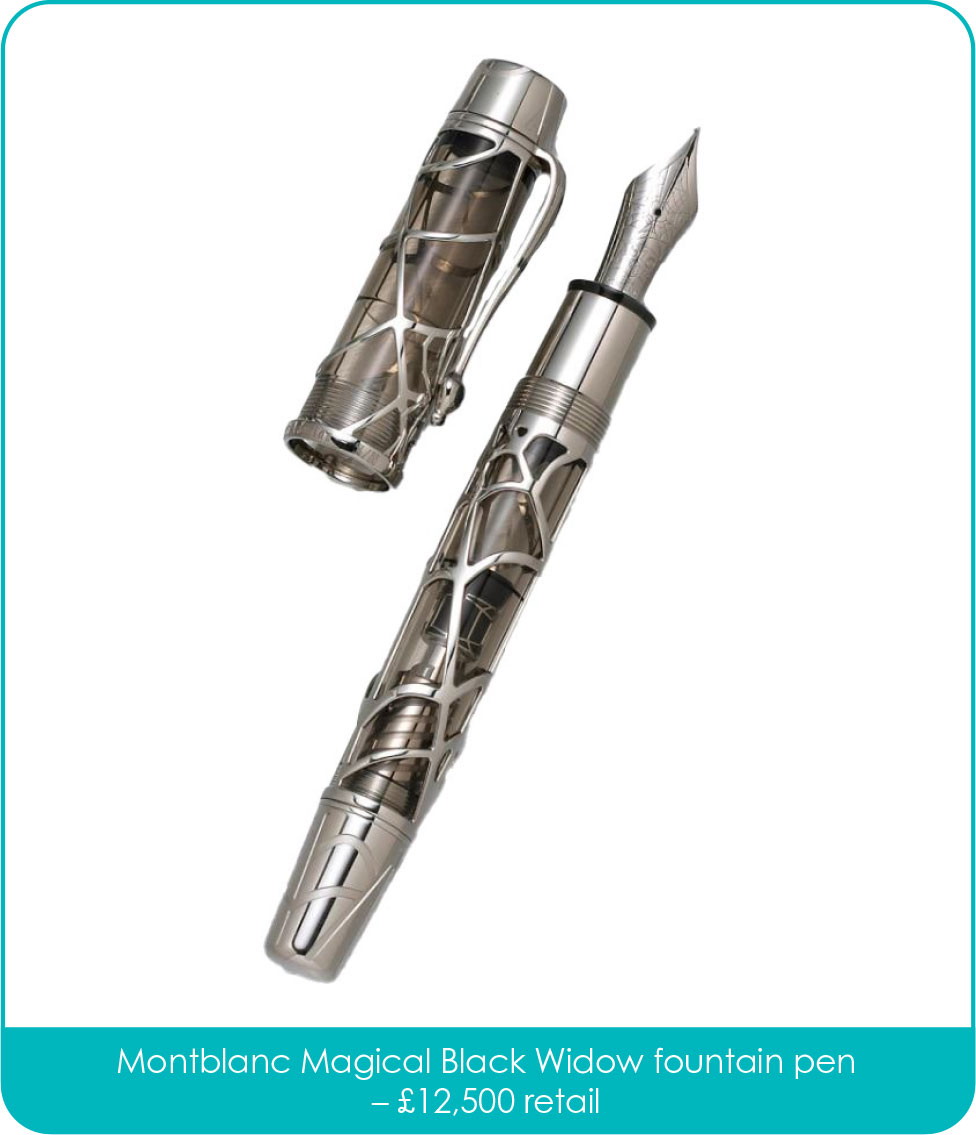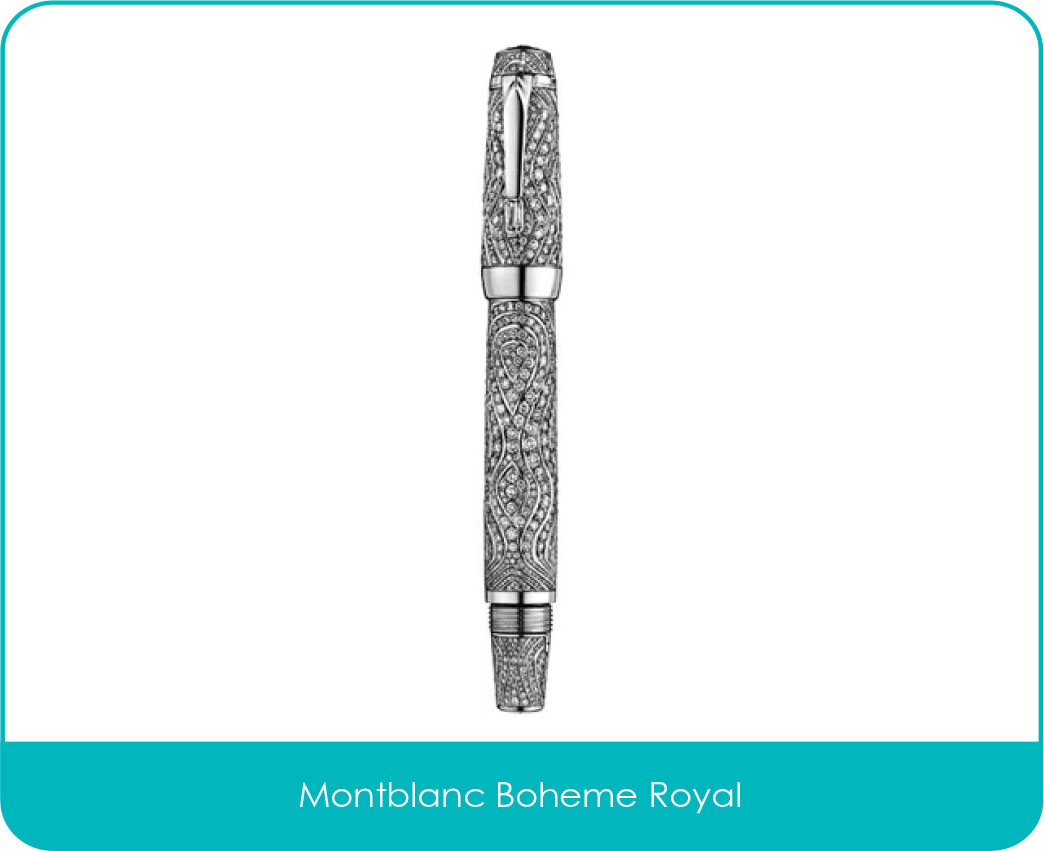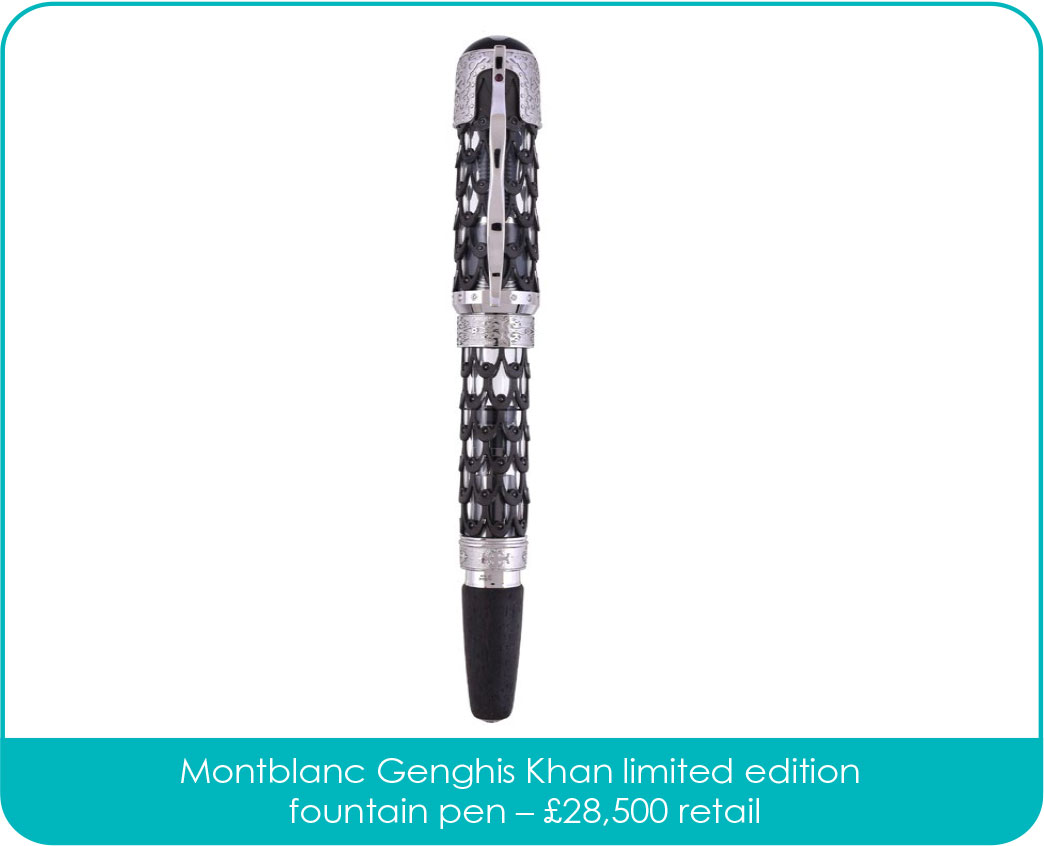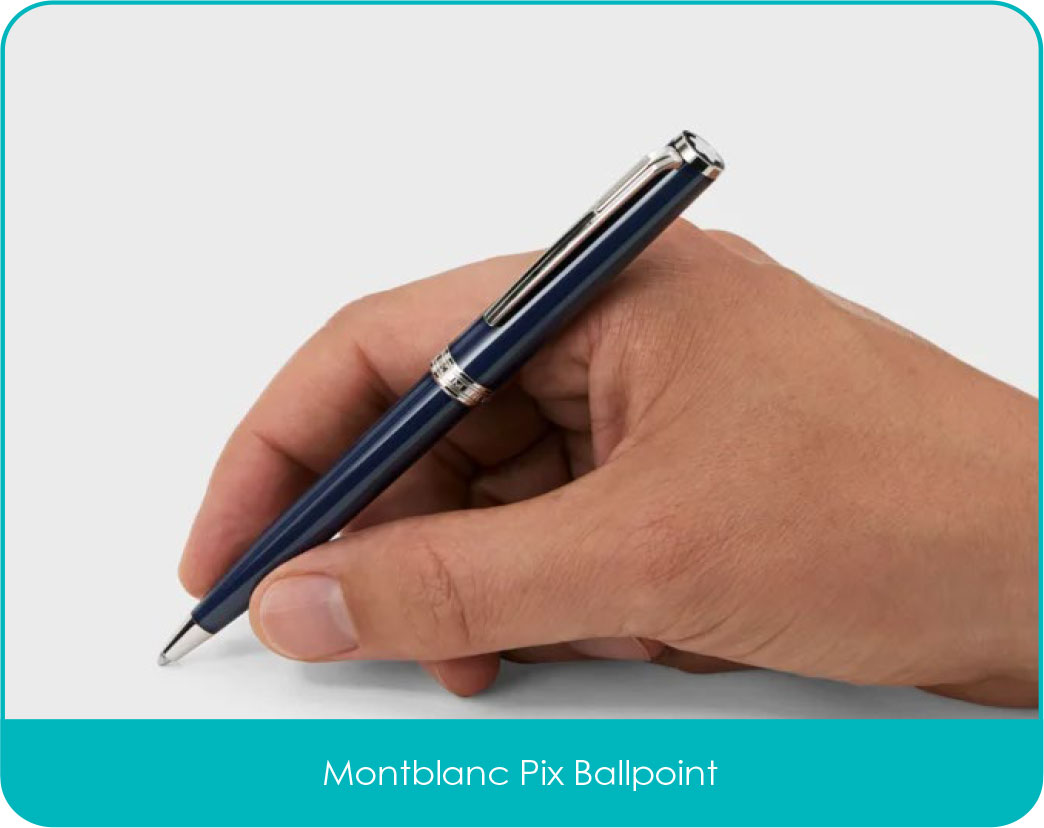“The details are not the details; they make the design”
Charles Eames is around you, he is almost omnipresent in the western world, and today it is likely that you have encountered some of his work, but you may never realise it or appreciate it – That in many ways is the definition of good design; elegance and function.
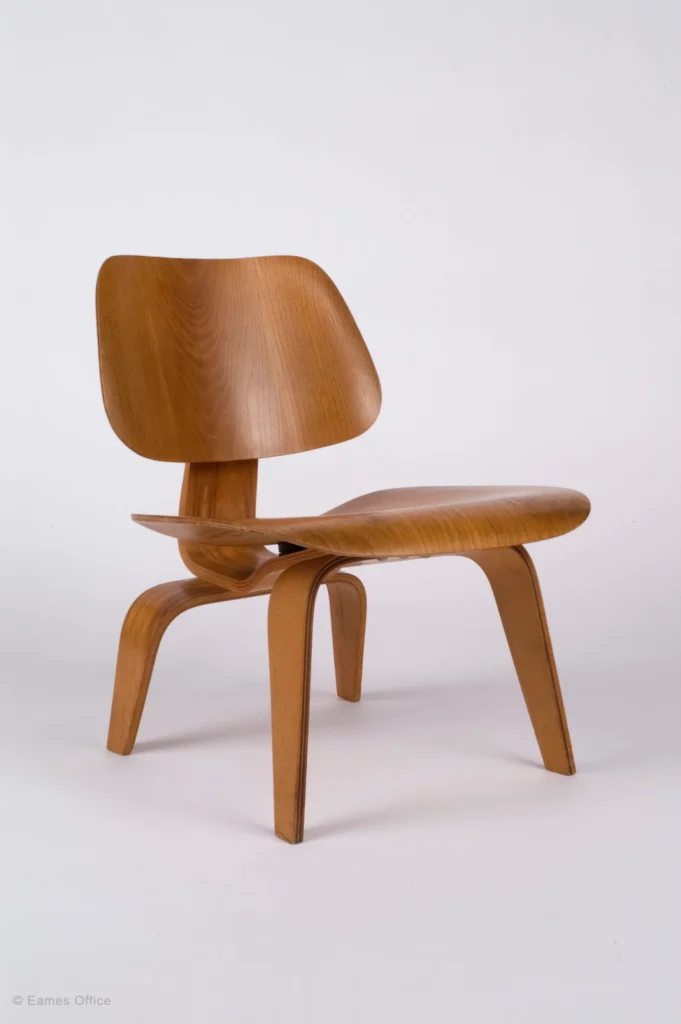
Time Magazine, in their infinite wisdom of consumerism once called the Eames designed ‘LCW’ moulded plywood chair, the ‘Chair of The Century’, and whilst I agree with the sentiment, I wonder if they chose the wrong piece – what the stipulations for such an award, I wouldn’t know. In my opinion the very well-known Lounger chair and matching ottoman are as about as iconic as a Cadillac, a Fender Stratocaster, or any other piece of mid century American design.
The lounger chair started life in 1956 when the already well respected designer wanted to create a chair that the encompassing comfort and feel of a baseball glove (see Joe Colombo for more on that!) and to have a piece of furniture that was not only aesthetically pleasing, but practical and comfortable, its construction using plywood and a cast metal base could have been used in almost a utility fashion, but instead it formed one of the most endearing designs of all time, with pieces seen in the homes of style icons, musicians, and in the 1990s being one of the key aspects of the American televisual institution that was ‘Friends’.

The chair was initially produced by Herman Miller in the United States, and Vitra within Europe. Its these original chairs that now command the highest figures with original ‘first generation’ chairs needing to be insured for close to £25,000 – even modern official pieces retail at close to £11,000 so making sure these items are covered correctly is vital. As with many iconic designs, there are licensed pieces, replica versions, and some pretty terrible fakes out there, so it’s very important to know which one you are sitting on.

Whilst the Lounger was of course iconic, there were many other projects that Eames worked on that many people just would not realise, for example; During World War II, Charles and Ray Eames were contracted to design leg splints for casualties – whilst this seems a bizarre connection, their knowledge of design and strength of plywood meant that they excelled at this and were later tasked with creating more items for the war effort including stretchers, pilots seats and even a plywood fuselage for a military aircraft. They were most definitely in their stride during these war year and the necessity to create reliable products, that were not only quick to produce, but cheap to manufacture and easily scalable during an increasing war effort towards the latter part of the war.
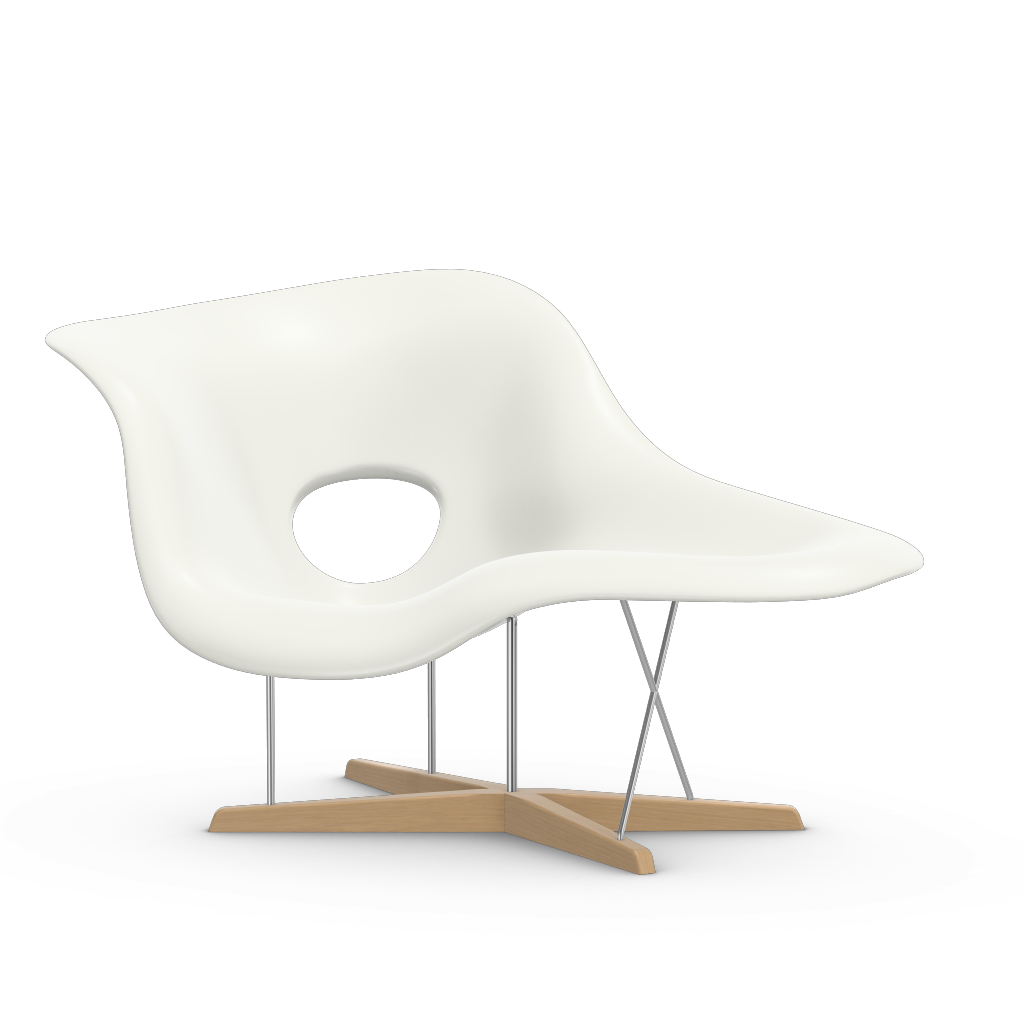
The experience they gained during those years mean that their ambition for good design to available to the general public was now even more possible, the facilities and equipment available to them in the booming economy of the United States in the 1950s meant that it wasn’t unreasonable to expect a middle income house in Los Angeles to have many design pieces that were not just designed for style, but accessibility. One such piece was ‘La Chaise’, another iconic piece comprising stunning lines of moulded fibreglass in an almost shell like form, raised upon chrome stilts and an oak cross frame base – inspired by the ‘Floating Figure’ sculpture by Gaston Lachaise (you will notice the nod in the title of the piece) it was designed for the 1948 International competition for low cost furniture, and encompassing as much irony as furniture design possibly can is now retailed for close to £10,000 and originals should be insured for around the £30,000 mark – would this disappoint the Eames powerhouse of design, possibly but then one could say the same about all pieces of good utility design that become iconic; the Rolex Submariner, the Citroen DS, and many more items that appear in auction houses across the country.
The piece that defines Eames design for me though, is the Aluminium series office chair. As a 21 year old student growing up in Regency Cheltenham, I had never been exposed to such revelations as a fabric seated office chair that just oozed style and was incredibly comfortable. My then girlfriend, (herself an award winning furniture designer) bought one back to our apartment in Montpellier and subsequently, the following Christmas was rather lean… however 20 or so years on, she still has it and its escalated in value. Not to the extent of the major players, but still needs to be insured for £2000, with similar new chairs retailing around the same figure.

The devil is always in the detail, and Charles & Ray Eames knew this, with design for the masses being at the forefront of their ethos and target market their appeal has never died, through decades of change and fashion, the designs remain largely unchanged and still perfectly suitable for a modern world for this age, and plenty to come.








